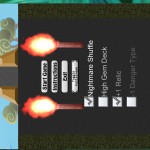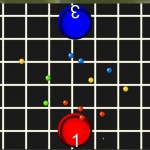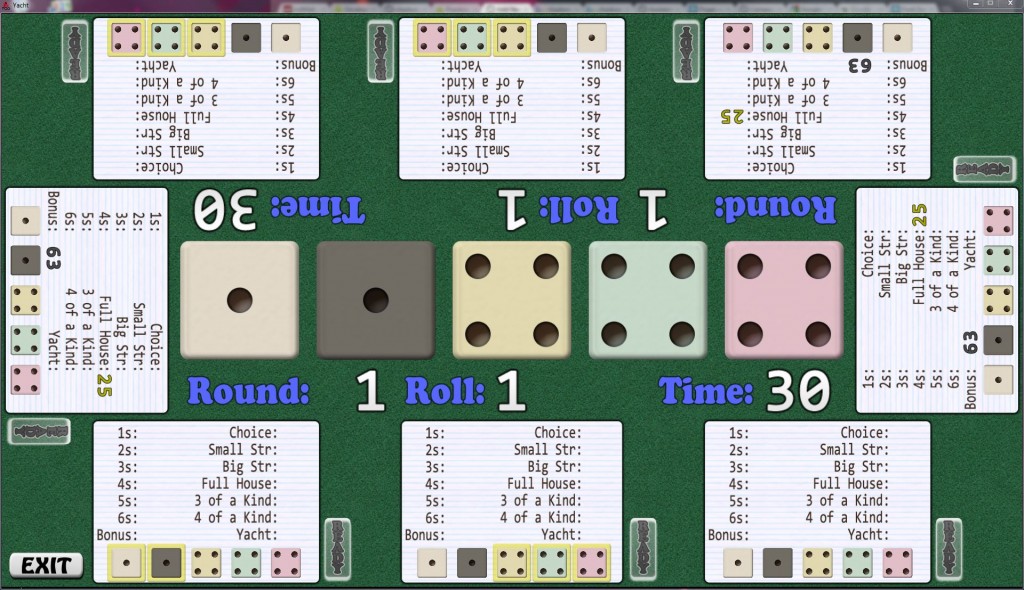One of the lessons that we learned from PAX is that it is very nice to be able to switch between a human and AI player while playing the game. The only game that had this feature at PAX was Parcheesi. It made people more likely to start a game since they knew that they could be replaced by a computer player if they got bored or had to leave.
So one of our goals is to update the existing games so that you can switch back and forth between a human and computer player during the game instead of just at startup. Most of the games will be fairly easy to adapt to this system. We generally write the computer players in C++ while the rest of the game logic is in torquescript. This separation has meant that we generally pass everything the AI needs to make a decision each time the AI has to play.
Yacht didn’t have an AI at all, so to adapt it to the new system required me to write a computer player for it.






